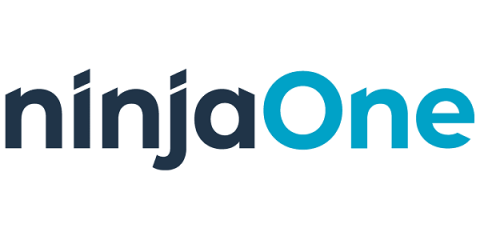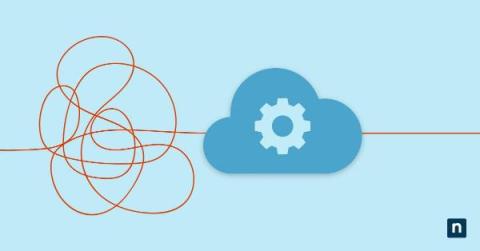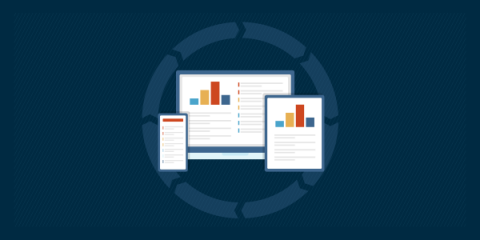Operations | Monitoring | ITSM | DevOps | Cloud
Latest Posts
What is Android Mobile Device Management (MDM)?
Mobile device management (MDM) is software that enables organizations to support, automate, control, and secure mobile devices that are connected to the workplace and that have access to organizational data. MDM software is needed for each type of operating system because they all function a little differently from one another. Android MDM is software designed specifically for mobile devices that run the Android operating system (OS).
Windows MDM: A Complete Guide
At the moment, Microsoft Windows is the most popular operating system in the U.S., with a market share of 32.63%. Due to the rising bring your own device (BYOD) trends and an increase in remote work, many employees are now using remote Windows devices to access organizational data and carry out business tasks. To protect confidential data and secure these remote devices, organizations depend on Windows mobile device management (MDM).
Mac MDM: What You Need To Know
The Apple vs. Android conversation has been an ongoing debate for years, and it isn’t coming to a conclusion anytime soon. Some businesses choose to use only Android or Apple devices, while others prefer to mix the two. Whether your organization uses Android or Apple, one fact is clear: your IT team will need mobile device management (MDM) to secure and manage your remote devices.
What Is Apple & iOS MDM?
Stanford’s monthly research on working from home reported nearly 13% of full-time employees are working remotely, while about 28% of other full-time employees are in a hybrid workplace, totaling about 41% of the workforce that works remotely at least part of the time.
IT Automation Software Guide & Best Practices
94% of SMB (small to medium-sized) businesses state that they perform repetitive and tedious tasks, which can lead to employee stress and burnout. Fortunately, the creation of IT automation software actively works against these undesirable effects. IT automation software is programs and applications designed to perform these repeatable tasks without the need for manual execution.
What Is Mobile Device Management (MDM)?
With remote work and bring your own device (BYOD) practices on the rise, mobile device management (MDM) has become a necessity. Using mobile device management, IT teams are able to control, secure, and manage mobile devices, such as smartphones, laptops, and tablets. In this mobile device management (MDM) overview, we will discuss what MDM is, its importance in the IT world, and best practices to follow.
4 Elements to Create an Effective IT Automation Strategy
As more and more organizations undergo digital transformation, IT automation is becoming more important and essential to implement. A report by Smartsheet found that more than 40% of those surveyed spend about a quarter of their time working on repetitive tasks, and almost 70% of them say that automation’s biggest opportunity would be that it significantly reduces the amount of time spent on these tasks.
Endpoint Lifecycle Management Overview
Endpoint management is critical for IT teams. In a SANS survey they found that 44% of IT teams manage anywhere from 5,000 to 500,000 devices. With so many devices, it can be challenging to keep track of the health and status of each individual endpoint. So how can IT teams ensure that organizational endpoints continually contribute to the company’s success? Endpoint lifecycle management is a valuable process that can enable your team to achieve this.
Endpoint Performance Monitoring: Tools and Best Practices
There’s no doubt that the majority of businesses and organizations would struggle to survive without endpoints. Because endpoints directly contribute to a business’s production and success, ensuring that these devices function at peak performance is a top priority for IT teams and MSPs. However, the number of endpoints an organization uses is skyrocketing, and now the average enterprise has approximately 135,000 endpoint devices in use.










